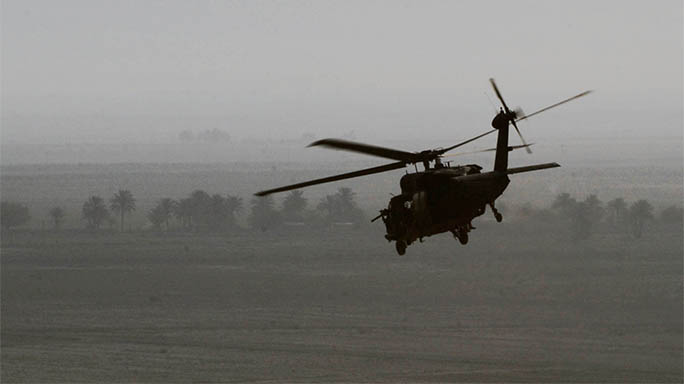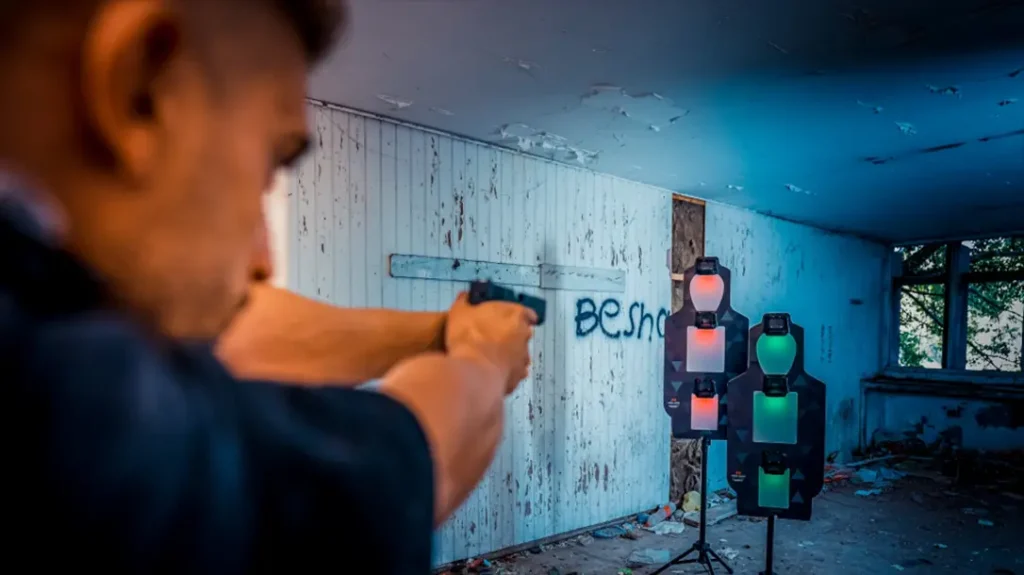The Yemen raid led by U.S. military on Jan. 28 has faced heavy scrutiny after the death of one U.S. Navy SEAL — 36-year-old Chief Special Warfare Operator William “Ryan” Owens — along with multiple civilian casualties.
Aaron Barruga, a Special Forces vet and founder of Guerrilla Approach, discussed the aftermath of the Yemen raid in his most recent blog where he says the raid “sparked the typical rounds of ‘armchair commandeering’ from a sidelined American public.”
- RELATED STORY: Aaron Barruga: Firearms Industry Changing For the Better
“When low visibility raids become highly visible, and civilians are killed as a result of collateral damage, the non-lethal munitions arguments always resurfaces,” Barruga said.
Advertisement — Continue Reading Below
Barruga continues:
Non-lethal munitions are great for policing operations such as riot suppression or crowd dispersion. However, a critical component to these actions is the availability of time. Non-exigent circumstances allow for the use of non-lethal munitions because forces are afforded the time to switch their equipment and modify existing operational plans. This is significantly different than the mental and physical stress associated with kinetic ground raids.
When a commando enters a room (typically under low light conditions) he must immediately exercise target discrimination and positively identify whether any inhabitants pose a threat. If he identifies a civilian, his decision making process does not automatically proceed to the retrieval of a non-lethal weapons because he must still be prepared to engage armed and armored hostiles.
Advertisement — Continue Reading Below
To read more on the Yemen raid and Barruga’s take on non-lethal weapons in the modern combat space, please visit GuerrillaApproach.com.























